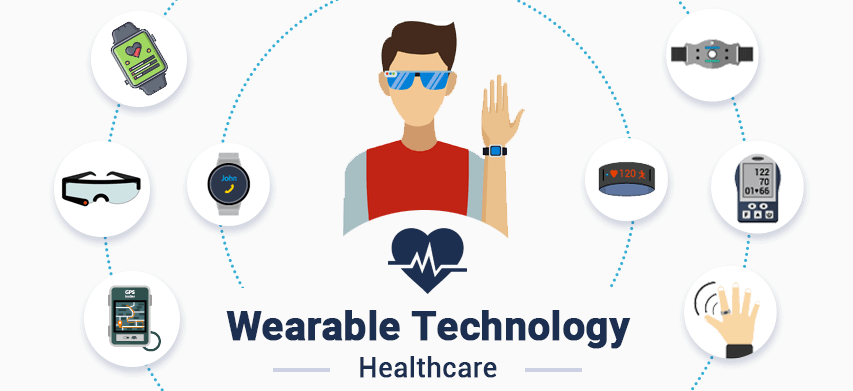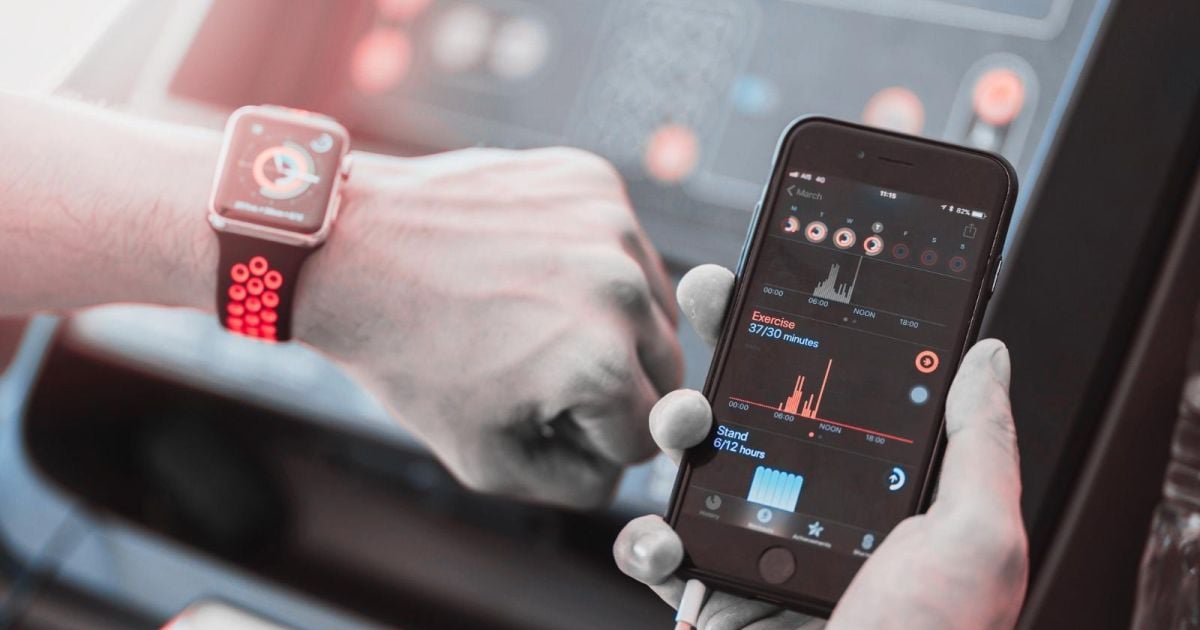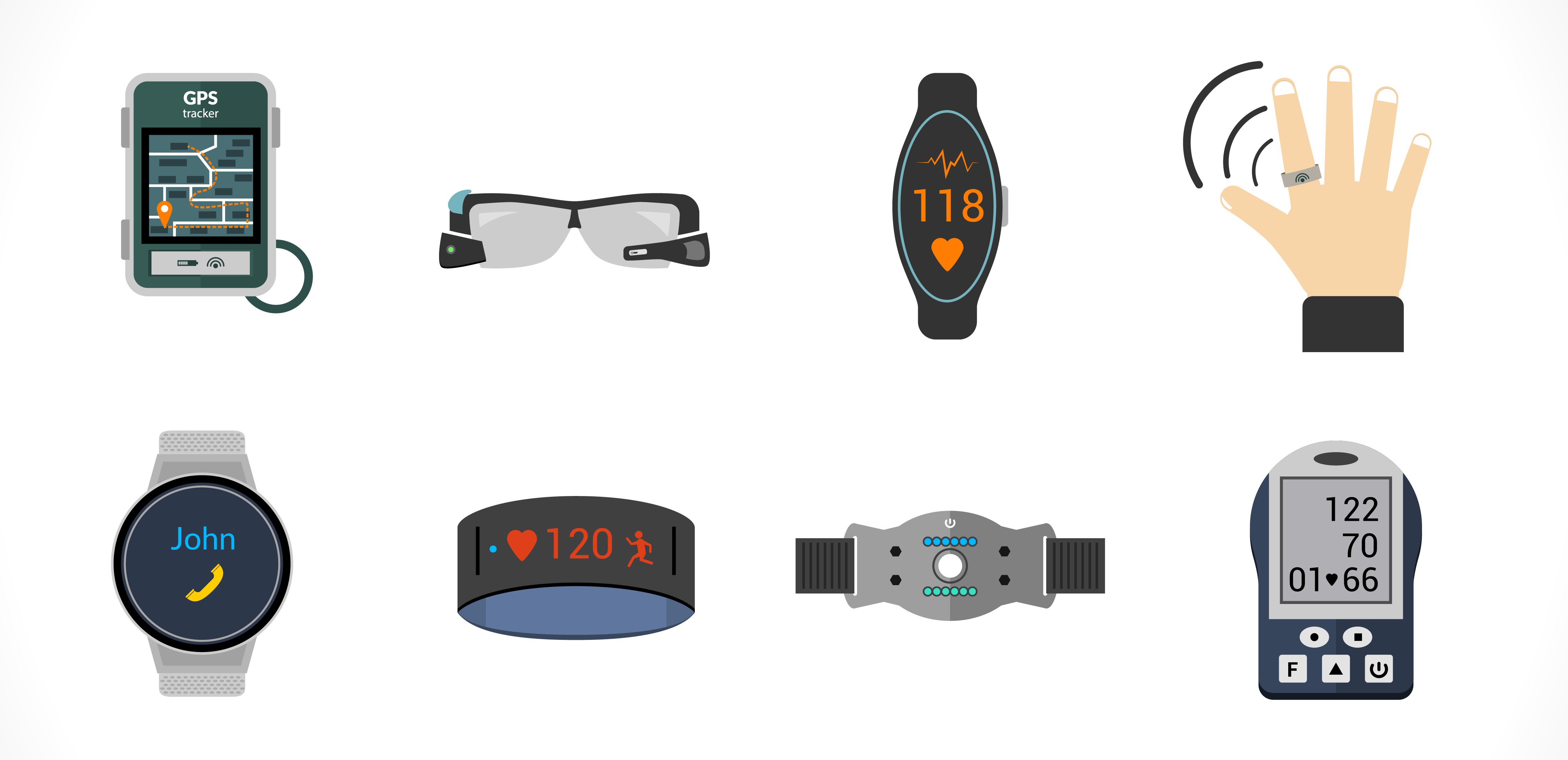Wearable Technology: Revolutionizing Healthcare, Fitness, and Daily Life

In recent years, wearable technology has grown beyond a niche innovation to become an essential part of daily life for millions of people worldwide. From fitness trackers to smartwatches and even health-monitoring devices, these gadgets are revolutionizing how we manage our health, stay connected, and interact with the digital world. But what exactly is wearable technology, and how is it transforming industries like healthcare, fitness, and entertainment?
In this article, we will explore the evolution of wearable technology, its impact on various industries, and the future of this fast-growing field. We will also look at the most popular wearable devices and how they are improving lives around the world.
What is Wearable Technology?
Wearable technology refers to devices that can be worn on the body, often as accessories, and provide functionalities like health tracking, communication, and entertainment. These devices are typically small, portable, and designed to be worn comfortably, such as smartwatches, fitness trackers, smart glasses, and wearable medical devices.
The primary goal of wearable technology is to provide users with a seamless experience, offering convenient access to data and notifications without the need for traditional handheld devices like smartphones or laptops. By integrating sensors, processors, and wireless connectivity, wearables help users stay informed, improve their health, and increase their productivity.
Types of Wearable Technology
Wearable technology comes in various forms, each designed to cater to specific needs. Let’s break down the most popular types of wearable devices:
1. Smartwatches
Smartwatches are one of the most popular forms of wearable technology today. These devices combine traditional wristwatches with smartphone functionality, allowing users to make calls, track fitness, and receive notifications without reaching for their phone.
- Features: Fitness tracking, call and message notifications, GPS, voice assistants (e.g., Siri, Google Assistant).
- Popular Brands: Apple Watch, Samsung Galaxy Watch, Fitbit, Garmin.
2. Fitness Trackers
Fitness trackers are designed specifically for monitoring physical activity and health metrics, such as steps taken, calories burned, heart rate, and sleep patterns. Unlike smartwatches, fitness trackers tend to focus more on health and fitness data.
- Features: Step counting, heart rate monitoring, sleep tracking, calorie tracking, workout analysis.
- Popular Brands: Fitbit, Garmin, Xiaomi Mi Band, Polar.
3. Smart Glasses
Smart glasses are wearable devices that look like ordinary eyeglasses but have the ability to display information, record video, or even allow hands-free calls. While still in the early stages, this technology is advancing rapidly.
- Features: Augmented reality (AR), voice control, hands-free interaction, camera, and video recording.
- Popular Brands: Google Glass, Vuzix Blade, Microsoft HoloLens.
4. Wearable Medical Devices
These devices are designed for people who need continuous health monitoring, such as those with chronic conditions like diabetes or heart disease. Examples include smart patches, ECG monitors, and continuous glucose monitors (CGM).
- Features: Heart rate monitoring, glucose monitoring, ECG tracking, blood pressure monitoring.
- Popular Brands: Dexcom, Abbott, AliveCor, Withings.
The Role of Wearable Technology in Healthcare

One of the most impactful areas for wearable technology is healthcare. Wearables are no longer just about convenience; they are playing a key role in improving health outcomes, offering real-time health monitoring, and empowering individuals to take control of their well-being.
1. Chronic Disease Management
Wearables provide constant monitoring of vital signs, enabling patients and doctors to manage chronic diseases like diabetes, hypertension, and heart disease more effectively. Devices like glucose monitors and ECG trackers allow for continuous data collection, leading to better-informed decisions about treatment and lifestyle.
- Example: Continuous Glucose Monitors (CGMs) allow people with diabetes to track their blood sugar levels in real-time, reducing the need for painful finger pricks.
2. Preventive Healthcare
Wearables are also helping people prevent illness by tracking daily activity and health metrics. Devices that monitor heart rate, sleep quality, and activity levels give users valuable insights into their health. This data can alert them to potential health risks, such as irregular heart rhythms or poor sleep habits, prompting early intervention.
3. Telemedicine Integration
With the rise of telemedicine, wearables are becoming essential for remote consultations. Health professionals can access real-time data from wearables during virtual visits, enabling more accurate diagnoses and personalized treatment plans.
Wearable Technology in Fitness and Lifestyle

Another significant application of wearable technology is in fitness. Whether you are an elite athlete or someone looking to stay active, wearables have become essential tools for tracking progress and achieving fitness goals.
1. Tracking Fitness Progress
Wearable fitness devices can track everything from steps and calories burned to heart rate and sleep patterns. This data is invaluable for those who are serious about fitness, as it helps users understand how their bodies are responding to exercise and provides motivation to reach new milestones.
- Example: Fitbit devices allow users to track steps, monitor heart rate, and even log workouts, helping them stay on track with their fitness goals.
2. Personalizing Fitness Plans
With the data collected from wearables, users can personalize their fitness plans. For instance, based on heart rate or calorie burn, fitness trackers can suggest how much exercise to do or when to rest. This customization leads to more effective training and recovery periods.
3. Motivation and Accountability
Fitness trackers help keep users motivated by setting goals, tracking progress, and sending reminders. Many devices also have social features that allow users to connect with friends or join fitness challenges, which can add an element of friendly competition.
Future of Wearable Technology
As wearable technology continues to evolve, the possibilities are endless. From advancements in artificial intelligence (AI) to the integration of 5G networks, wearables are set to become even more powerful and indispensable.
1. Integration with AI
With the rise of AI-powered devices, future wearables will be able to provide even more personalized recommendations. These devices will not only track your activity and health metrics but also analyze your behavior, learn your preferences, and provide tailored suggestions.
2. 5G Connectivity
The rollout of 5G networks will make wearables more powerful by providing faster data transmission speeds. This means real-time data from wearables can be shared instantly with healthcare providers, enabling more accurate and timely interventions.
3. Augmented Reality (AR) and Virtual Reality (VR)
Smart glasses and other wearables are set to integrate AR and VR, allowing for immersive experiences. Imagine navigating the world through smart glasses that provide directions, translations, or instant information, all in real-time.
FAQs about Wearable Technology
Q1: Are wearable devices safe to use?
Yes, wearable devices are generally safe to use. However, it’s important to choose a reputable brand and follow manufacturer guidelines. Some users may experience skin irritation or discomfort from prolonged use of certain devices.
Q2: Can wearable devices help with weight loss?
Yes, wearable devices can assist with weight loss by tracking activity levels, calories burned, and sleep patterns. This data can help users set and track realistic fitness goals, which can lead to more effective weight management.
Q3: How accurate are fitness trackers?
Fitness trackers are fairly accurate for basic metrics like step counting and heart rate monitoring. However, they may not always be 100% precise, especially in more complex measurements like calories burned or distance traveled.
Q4: Will wearable technology replace traditional healthcare visits?
While wearable technology can provide valuable health insights, it is not likely to replace traditional healthcare visits. Rather, wearables will complement medical visits by offering real-time data and facilitating remote consultations.
Conclusion
Wearable technology is no longer a futuristic concept—it is here and changing the way we live. From improving healthcare outcomes to enhancing fitness and daily productivity, these devices are transforming industries and individuals’ lives for the better. With constant innovations on the horizon, wearables are poised to play an even larger role in how we interact with the world and monitor our health.
If you’re interested in learning more about how wearable technology is revolutionizing various industries, check out these insightful resources:
- Mobisoft Infotech Blog: Explore more on wearable technology and its applications in healthcare and beyond.
- TechCrunch: Get the latest news on wearables and upcoming innovations.
As wearable technology continues to evolve, the potential to improve quality of life will only grow. Whether for fitness, health monitoring, or entertainment, the future of wearables looks bright.

